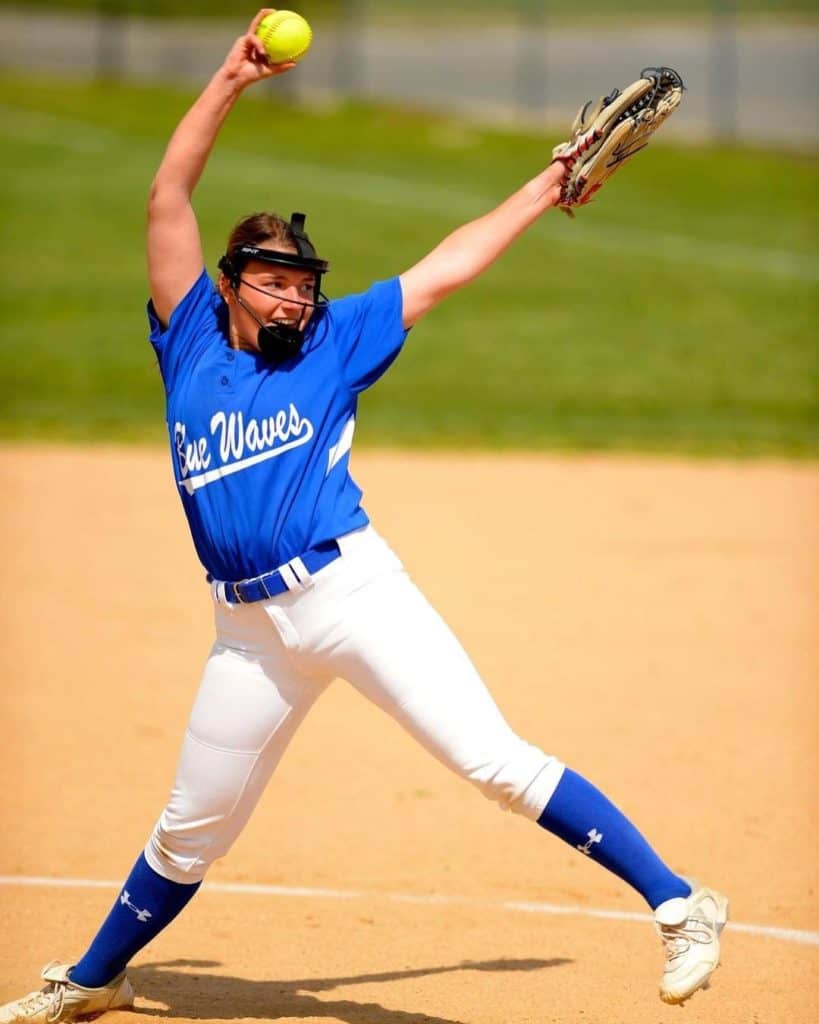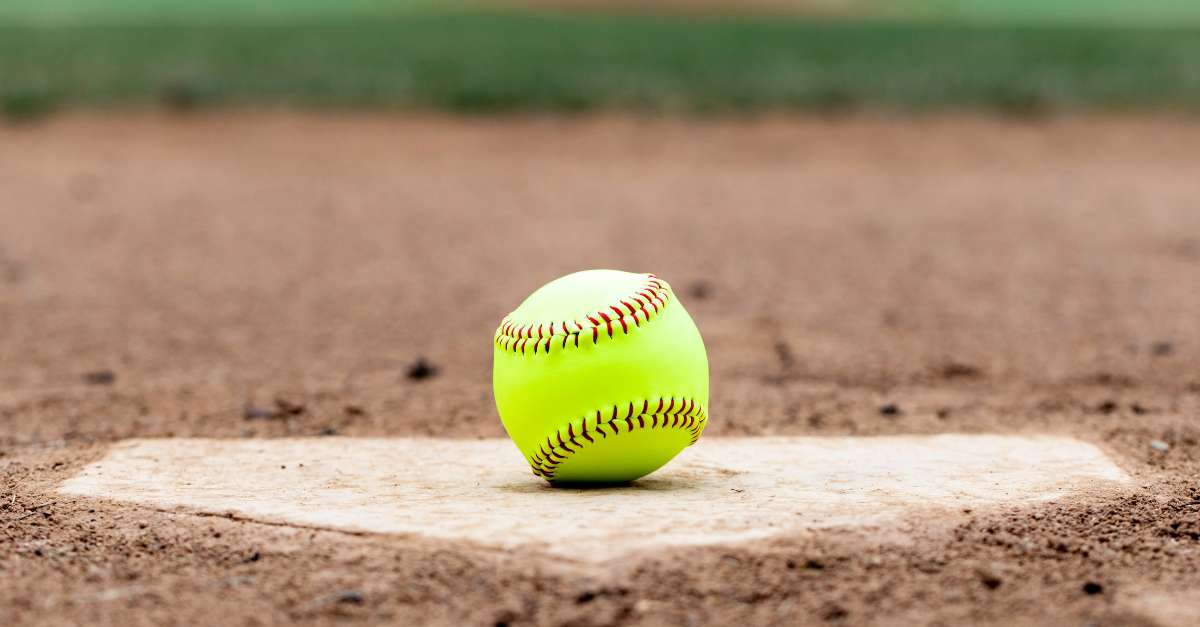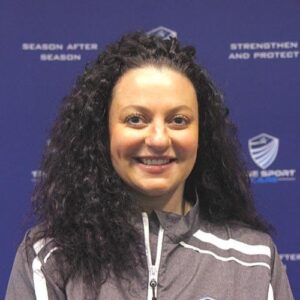Softball has been an ever-present force in my life since birth. The joke is I was born throwing a rise ball and that I was raised on the first (or third) baseline. I’ve been fortunate enough to be surrounded by some of the most knowledgeable coaches on the planet. This includes being raised by one – hi, Dad! The focus of this article is the evolution of pitching and some of the changes that have occurred since I was taught 1000 years ago. Ok so it’s really like 40+ years ago but whatever.
Obviously, the spin I’m going to take is from the injury standpoint. Back in the “old days” (ouch) the train of thought was that the underhand or windmill motion was a more “natural” one than the overhand baseball pitch. I can personally attest to the fact that coaches were not worried about us getting injured. I pitched every inning of every game for the 4 years I played varsity softball. No one was worried about me getting hurt, not even my dad! I believe a huge difference between then and now is that travel or club ball wasn’t really a “thing” yet. We weren’t playing on multiple teams all year long. There weren’t practices and tourneys every week and weekend. We just weren’t doing it as much. Unfortunately, pitch counts have not been implemented in softball as of yet so other measures must be taken to protect the athletes.
The New Softball Pitching Philosophy
I’ve asked my long-time friend and local legend Coach Shari Edwards – a Smithtown Hall of Fame pitcher who played D1 ball at NIU, who was inducted into the NIU Hall of Fame with her 1988 College World Series team, and who was Hofstra’s pitching coach from ’90 -’93 – how she has seen things change since we played. Coach Edwards states that “…more and more elite level teams are moving towards the pitching staff philosophy”. Meaning there’s a starter, a mid-reliever, a stopper, a closer etc. This allows for adequate rest/recovery for the athletes since they all share in the burden. Giving pitchers time off has become an important part of the sport.
Just yesterday I saw a patient who is the only pitcher for her school team. We’ve been working together on some nagging injuries for 3 weeks and she was making significant improvement – until last week. She had 4 games in 5 days and according to her father threw approximately 500 pitches. Needless to say, all of the progress we made was ruined. She will not be pitching again for the rest of the season and now we have to focus on putting her back together by the beginning of June for the start of summer ball. Fortunately, her travel team follows the pitching staff mentality and she will not be abused again until next spring when the school season starts.
A quick side note, back when I was playing my only job was to throw. I didn’t have to hit, I didn’t have to run anywhere and I didn’t have to play another position. To be honest, my coach and teammates didn’t even want me to move beyond the circle to make plays for fear I might get hurt. I was put in a bubble – P really stood for Princess. My crown is around here somewhere.
Nowadays pitchers have become utility players. When they’re not throwing, they’re performing elsewhere on the field, making them that much more valuable, but also that much more susceptible to injury.

Biomechanical Changes in Softball Pitching Techniques
Let us now address some biomechanical changes that pitchers are being taught without getting overly complicated. As we all know, any motion that is done repetitively for extended periods of time will result in an overuse injury. Coach Edwards tells me that nowadays pitchers are being taught to keep the shoulder in a more “natural” or neutral position at the top of their motion. This enables the scapulas to depress more easily as the arm moves through the mid portion of the windmill motion. Scapular stabilizers must be strong in order to provide efficient movement of the shoulder, arm, and wrist. The potential for less injury isn’t necessarily guaranteed but hopefully diminished with this change.
Scapular Stabilizers Activation Exercises
Another change Coach Edwards mentions has to do with the lower body. We were taught to push off the mound and “throw” our stride leg toward the plate. Now the emphasis is on the driving force from the posterior and lateral hip strength. The ground reaction forces produced by the drive leg are necessary for the production and transfer of energy from the lower extremity up through the hips/pelvis, onto the core/torso and into the upper extremity to the ball. Because softball pitchers do not throw from an elevated mound they are required to abruptly decelerate their arms and bodies. The stride leg takes the brunt by “posting up” to stop the forward motion. So naturally the strength and stability of the stride leg is crucial as well. Many times pitchers experience upper body (shoulder) injuries as a result of faulty lower body mechanics. By redirecting the focus to include the glute max and the lateral pelvic stabilizers during training, conditioning, and throwing there is the potential for limiting injury along the greater pathway of the kinetic chain.
Glute Max and Lateral Pelvic Stabilizers Activation Exercises
Every spring season I get nostalgic. Listening to my dad discuss his plans and tactics for his girls. Going to watch them play, hearing the “ding” of the bats, getting the infield dust in my teeth – it really makes me miss it. Thankfully, I’ve been fortunate enough to be working with some high-caliber pitchers this season and it really feels like home.
For anyone interested in being taught by the best-around pitching coach, contact Shari Edwards in Smithtown (1-516-313-5182.)









